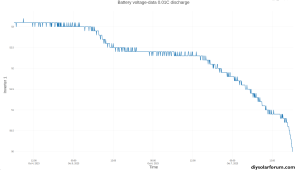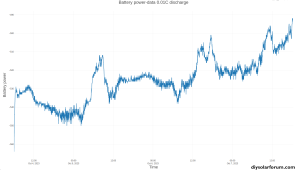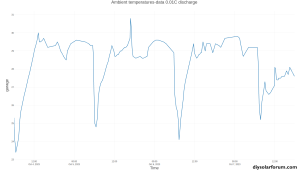fmeili1
Solar Enthusiast
I've thought about the idea to shut down some of the inverters, depending of day/night time and load/PV values. Because I've integrated the system via SolarAssistant and MQTT bridge to my OpenHAB smart home system, I would like to control this automatically via OpenHAB rules. Unfortunately, SA does not yet provide MQTT messages to shutdown (and maybe startup out of standby, if possible) the inverters via command. The modbus protocol of the inverters have these capabilities and SA uses them (at least the shutdown to standby) by itself in one of it's features (in the Power "Battery shutdown protection" section). I've asked Pierre from SA if he may extend the MQTT messages to be able to remote shutdown individual inverters (and maybe also startup). But I have no answer so far.You might want to shut 4 of them off during the night. This is because there will be 0 PV power and the EG4 inverter draws about 100w.
6 EG4's will be a 600+ watt draw off the batteries. 2 EG4's will only draw 200 watts. Probably not an issue in the high sun months but definitely an issue in the winter with short days and lots of clouds. I have a system similar to yours except only 4 EG4 inverters but I have 12 batteries where you have 9. I thought that 2 EG4 inverters would not be enough, boy was I wrong. So I now have inverter #3 that I use only to help charge the batteries faster and provide more PV power on low sun days. Inverter #4 is strictly a spare. By the way what do you have for solar panels ? You will need 12 strings for 6 inverters. I have 6 full strings. You can see what I have in my signature.
I need about 1 battery charge per night to just feed the idle consumption of 6 inverters... here in the mohave county, it's not very often cloudy...









